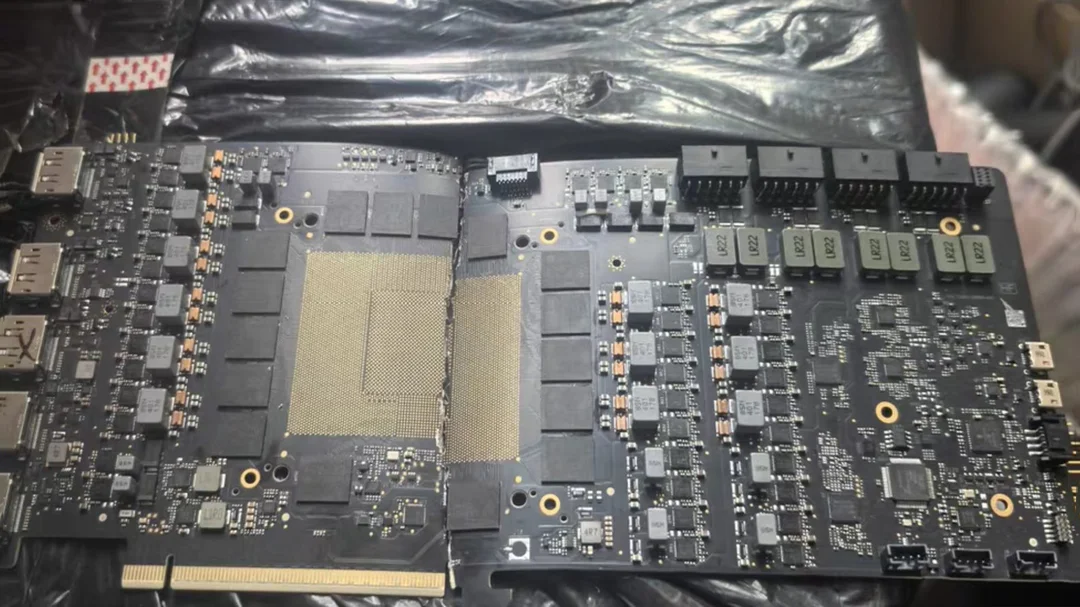
Leaked Nvidia RTX 5090 Prototype: A Power-Hungry Beast with Four 16-Pin Connectors?
A tantalizing glimpse into the potential future of gaming GPUs has emerged with the surfacing of an alleged Nvidia RTX 5090 prototype. This early engineering sample, revealed by Twitter/X user @yuuki_ans, sports a radical design featuring not one, not two, but four 16-pin power connectors. The image of the destroyed card, cut in half, has sent ripples of excitement and speculation through the tech community.

The purpose of these four connectors remains a subject of debate. One compelling theory suggests redundancy, offering a fail-safe mechanism to ensure continuous power delivery to the GPU. With the potential for connector failures, having multiple inputs could prove crucial. Another possibility is an attempt to distribute power more evenly, mitigating the risk of overheating, a known issue with previous high-end models like the RTX 4090.
In theory, these four 16-pin connectors could draw up to a staggering 2,400W. This colossal power draw, equivalent to running two space heaters simultaneously, positions this prototype far beyond the needs of mainstream gaming PCs. It hints at an intended use in specialized, high-performance environments like AI development, high-performance computing (HPC), or CG and VFX simulation. This is further supported by the presence of two identical rows of Voltage Regulator Modules (VRMs) next to the GPU die mount.

The prototype also reveals additional connectors for fans, USB headers, and diagnostic pins around the PCB edges. Interestingly, it features five video output ports, deviating from the standard four. The memory modules are similar to those expected on the RTX 5090, but the possibility of additional memory chips on the back of the board raises speculation about an even more potent variant, perhaps an RTX 5090 Ti or even an RTX PRO 6000 Blackwell series card.
Past RTX 5090 prototype leaks offered glimpses into various design approaches. One featured dual 16-pin connectors supporting a reported Thermal Design Power (TDP) of 800W—39% higher than the rumored 575W of the 5090. This prototype housed a GB202 GPU with a boosted CUDA core count (24,576) and 32GB of GDDR7 memory on a 512-bit interface. Nvidia themselves briefly showcased an early RTX 5090 Founders Edition prototype with a massive quad-slot design, featuring a vertical PCB and three cooling fans.
The emergence of this four-connector prototype underscores the intense power demands and innovative engineering behind the next generation of graphics cards. While not necessarily indicative of the final retail product, it offers valuable insights into Nvidia's development process, as well as the possibilities they are toying with. The potential for extreme performance targeted at niche markets like AI and HPC is truly compelling.
What are your thoughts on this power-hungry RTX 5090 prototype? Is this the future of extreme gaming, or a sign of things to come in the professional space? Let us know in the comments below!